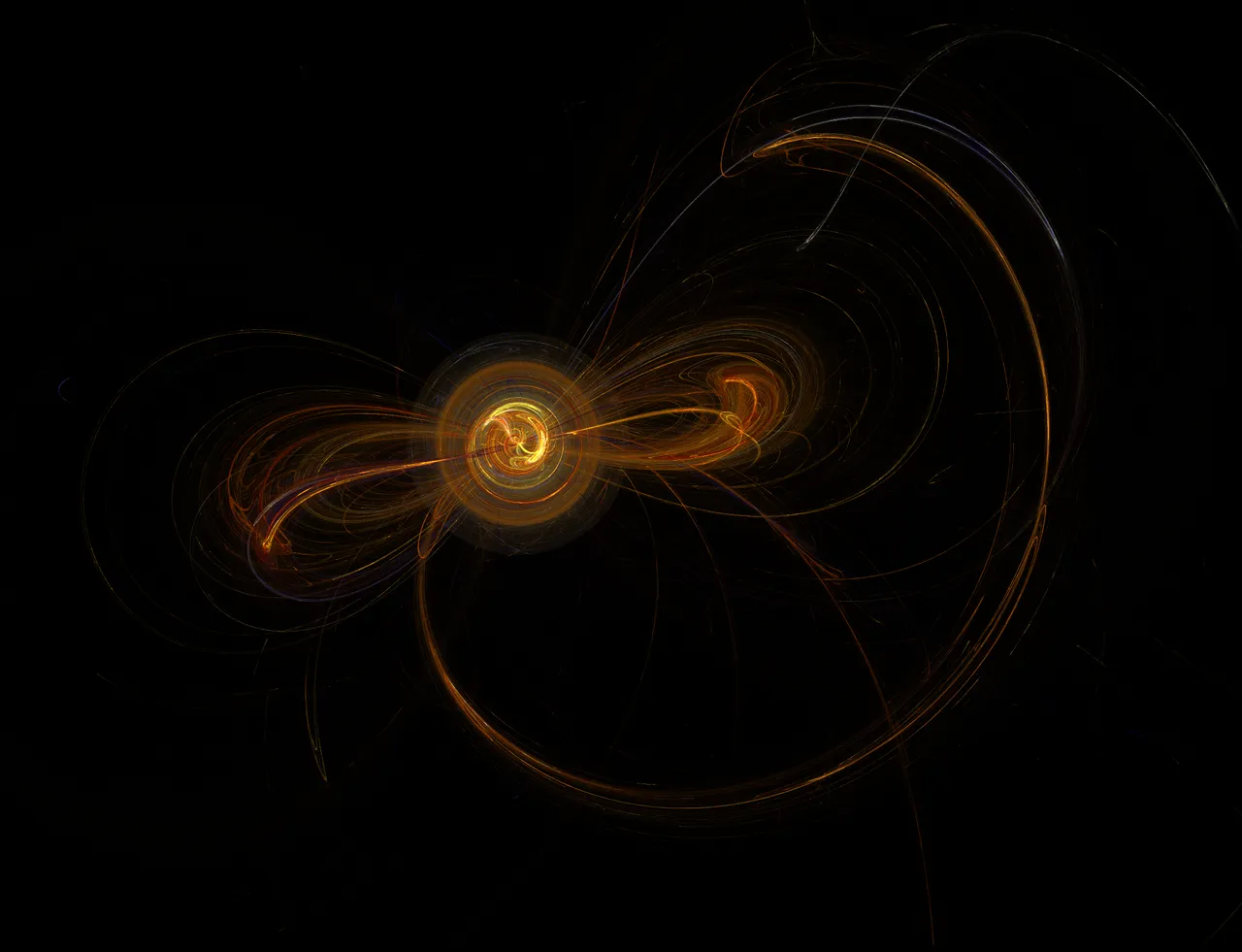
Ever wonder how we can even see a black hole in space?
Ever wonder why we don't see them as just black blotches or dots, blotting out little portions of the sky here and there where there are just fewer stars?
Ever wonder why, given the immensity of space, we can see them at all?
I mean, think about it: space is mostly black anyway. 95 percent of space is dark.
The only thing visible is light – mostly from stars and planets.
But sometimes, fast-moving matter and light itself can wrap around a black hole to the point that we can see its rim, and thus its shape – the technical term for that is an accretion disc, and although as a man who has been a commercial captain all his life I'm perfectly happy with the basketball analogy, my full fleet admiral wife would be unhappy with me not at least stating the term before getting back to calling a black hole a basketball hoop.
But, essentially, a black hole is a basically a basketball hoop to which, if you could throw an object close enough, you could never miss – and even light rolls around the rim and goes in, not fast enough to ever escape. The gravity of a black hole is so intense that the necessary escape velocity is above the speed of light.
But that's an average black hole on an average day.
The Sewing Button Black Hole is none of the above.
The stars of two neighboring star systems died at approximately the same time – rare enough an occurrence to begin with. One became a neutron star upon its collapse and left a gorgeous nebula around it, and the other became a black hole.
Add what we think is eight to ten thousand years, and the two dead stars got close enough to start to interact … and of course, the black hole's gravity is greater than that of the neutron star and its nebula.
Thus, the fantastical patterns around the Sewing Button Black Hole as the matter from the other star is being sucked in, compressed, and consumed. The smaller of the two objects of course was on its own trajectory before being captured, and so all kinds of twisting and swooping can be seen in how the matter from the smaller object is changing course to end up in the black hole – and it is not much smaller, so the gravitational “tension” is quite fantastical to watch.
It will all be over in another 250 years, as it can end only one way. The Sewing Button Black Hole will eventually consume its neighbor entirely and only have a regular accretion disk of the fastest-moving particles of energy to highlight its rim … by the middle of the 25th century, it will be just another “boring” black hole for me to talk about throwing basketballs at, since every shot will be nothing but net … of course, assuming I am still around to talk about anything 250 years from now.
Just in case I'm not, I greatly enjoy looking at the Sewing Button Black Hole as it is today!
This fractal in Apophysis 2.09 reminded me of someone sowing loops of thread into the center of a button ... but it would have to be some kind of button ... and then I thought about what happens around black holes, and what might happen if a black hole swallowed up a neutron star just a little below its mass ... a supernova can produce either one depending on the mass of the star that produces it, and the "smallest" black holes are just a bit bigger than the "largest" neutron stars with their nebulae. Thus, having those siblings of gravitational might wrestling would produce a very interesting sight -- the energy generated in the "tussle" would produce quite a show as the black hole inevitably sucked all of the neutron star and its nebula into itself! Very complex orbits of energy and matter would be created in the process... I can't say it would look EXACTLY like this, but, it's a thought!
